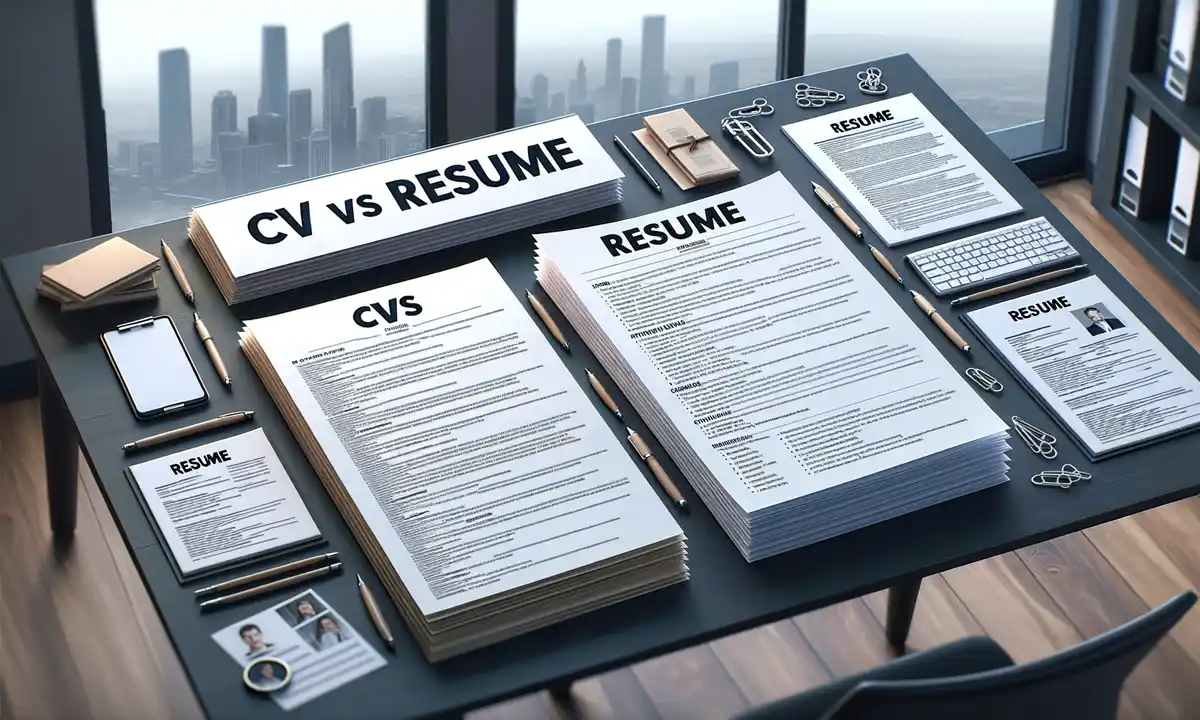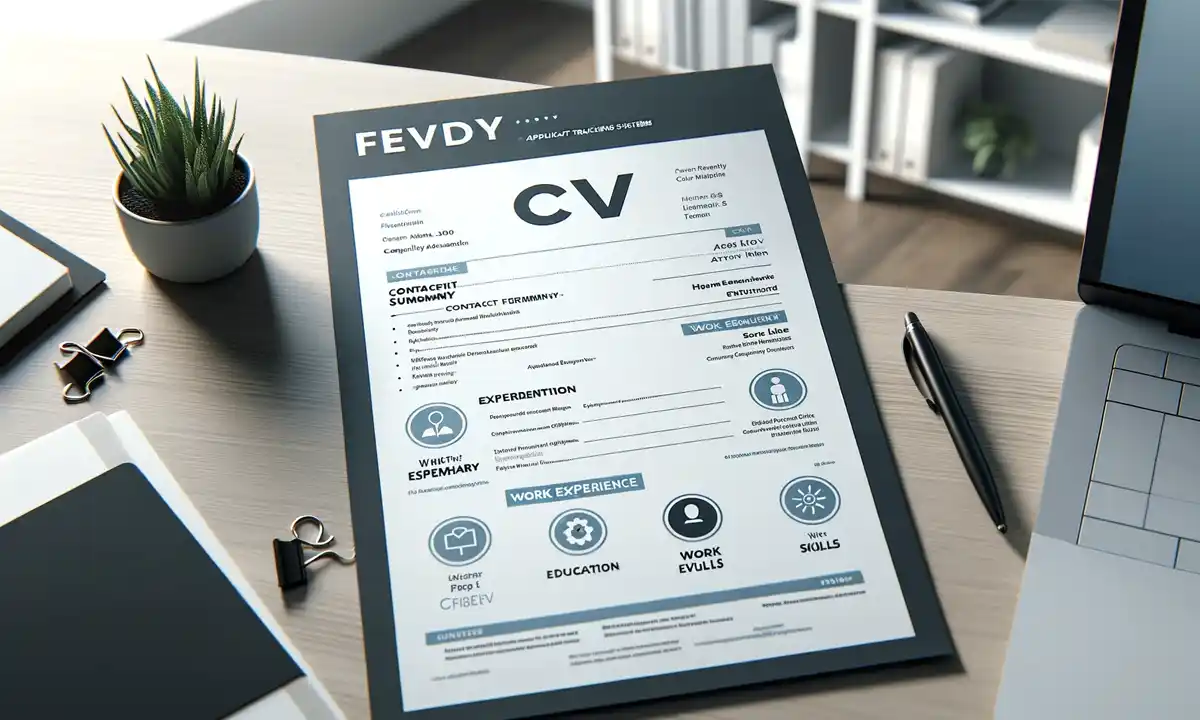Introduction
Whats Is the Different CV and Resume: The pursuit of professional growth typically begins with creating an application document that is second to none. But truly, how do you know the document you should be creating is a CV or a résumé? Well, this article explains what a CV and a résumé are, the idea behind an ATS-optimized CV, and then provides you with tips to help you pick the right document type.
Different CV and Resume
What is a CV?
A CV, in full curriculum vitae, is an elaborate document that outlines the entire trajectory of your academic and professional past. It is mostly used in the academic, educational, scientific, or research domain. Normally, a CV includes details on education, work experience, skills, awards, publications, and other achievements.
What is a Résumé?
A résumé, on the other hand, is a very concise one- or two-page-long statement regarding a specific job posting. A résumé, on the other hand, aims to summarize your education, skills, and experiences for the particular position you are targeting.
Key Differences
- Length and Detail: CVs are long and detailed, while resumes are short and to the point.
- Purpose: Academic-oriented; jobs: it is mostly to do with just jobs.
- Personalization: Resumes are job-specific, whereas CVs are inflexible and comprehensive.
- Content: CVs are very comprehensive, containing a long list of your academic accomplishments; resumes are more focused, emphasizing skills and experiences directly tailored to the job being applied for.
ATS CV
Know Your ATS
An Applicant Tracking System is software application recruiting process management. They automatically scan and rank received resumes or CVs based on how well they match job descriptions.
How to Make ATS Friendly CV
- Keywords: Tailor the CV to include the job advert’s keywords. They would, for the most part, be qualifications, skills, and experiences sought by the employer.
- Plain Format: Use a clean, simple format. Do not add tables, headers, and footers, as many ATS will not be able to read them.
- Standard Headings: Title your sections traditionally like “Education”, “Experience”, “Skills” to ensure ATS can recognize them.
- File Format: Save your document as a Word file or PDF so most ATSs can read it.
Choosing Between a CV and Resume
When to Use a CV
- Academic Positions: Apply for both teaching and research jobs in universities.
- Fields of Science: Grant application writing or if you are a field-based scientist.
- Global Jobs: In most countries outside the U.S., the term CV is used in place of the term resume but still expects the detailed form of a CV.
When to Use a CV vs. a Resume
- Corporate Jobs: For most non-academic jobs in the corporate sector.
- Skill-Based Positions: In these positions, specific skills you have matter more than your academic background.
- Career change: When one is trying to change the industry and needs to focus on transferable skills rather than academic achievements.
Conclusions for the Whats Is the Different CV and Resume
The choice of using either a CV or résumé will largely be dependent on the career field in which you are applying and the type of job in different regions. Those major differences and knowledge of how to optimize for ATS systems really could be a game changer in how you can bring value to actually land those interviews. You must ensure that your qualifications are represented in the most pertinent way through whichever way you prepare a CV or résumé. Start by clearly understanding your career goals, and shape your application accordingly for best results.





